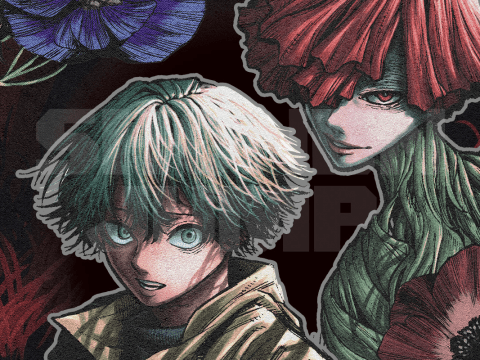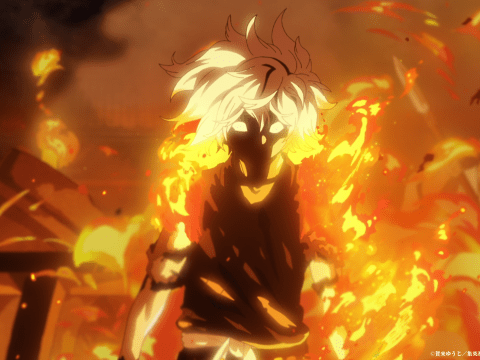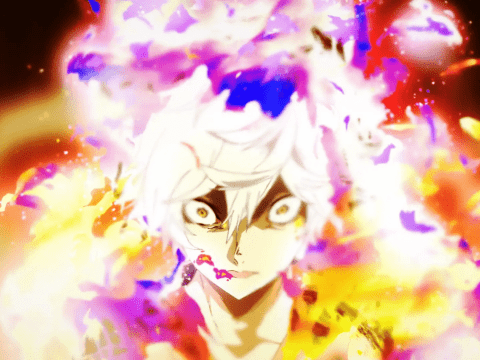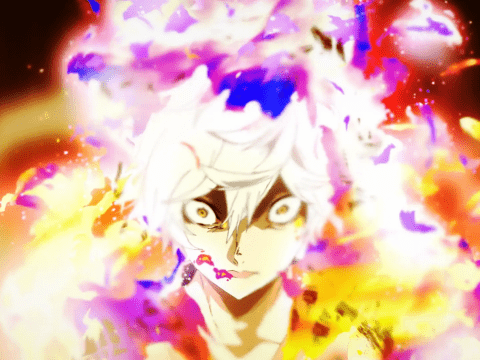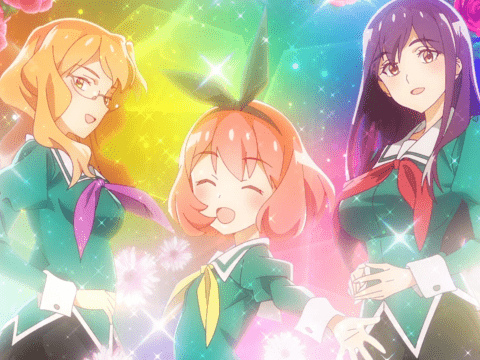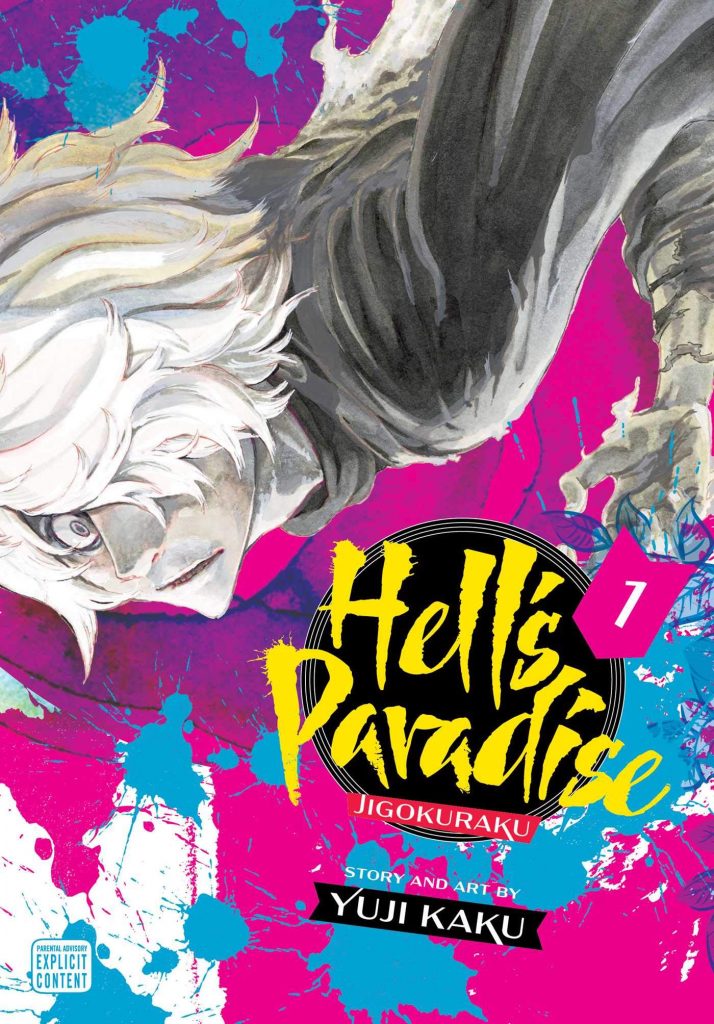 Beheading someone well takes a lot of skill. Gabimaru would know. He’s an assassin from a clan where all the men are supposed to be warriors. And he’s about to be beheaded himself, right on page 1 of Hell’s Paradise: Jigokuraku.
Beheading someone well takes a lot of skill. Gabimaru would know. He’s an assassin from a clan where all the men are supposed to be warriors. And he’s about to be beheaded himself, right on page 1 of Hell’s Paradise: Jigokuraku.
But wouldn’t you know it? The sword breaks on his neck.
Then his enemies try other ways to execute Gabimaru. Much more painful ways that people have really used. Burning at the stake. Being ripped apart by oxen. Nada. As horrific as these forms of execution are, all of this is shown with morbid humor, because Gabimaru appears immortal and nothing hurts him.
A woman has been keeping track of Gabimaru, and it turns out she’s Yamada Asaemon Sagiri. This is a reference to the real Yamada clan, and Japan’s history of sword testing and sword executions. Swords used to be tested on the bodies of deceased criminals (or living criminals, if they did something really bad, though this was rare) to assess the sword’s cutting ability. Sagiri got into this work through her father, and it haunts her. She doesn’t like the idea of killing people; she’s harassed for being a woman doing this work, and if she does execute someone, she wants to make sure to do it swiftly, deftly, and painlessly. This is a lot of pressure.
But she’s been tapped by the shogun to take part in finding an immortal elixir. Allegedly the elixir is on a heavenly island, though people who try to go there end up turning into half-human, half-flower creatures. Only one has survived, and he bloomed. Literally, with flowers coming out of his body. Other bodies returned in boats, also partly made of flowers. The shogun wants that elixir, so he is sending men sentenced to death to do the dirty work. And to make sure these men do their duty, he’s sending along a more responsible partner with each of them. Sagiri is Gabimaru’s partner. If he tries anything, he’ll be executed. (Well, if they can ever find a way to successfully execute him.)
Through most of the first volume, Sagiri is by far the more interesting character. It’s interesting that Gabimaru can’t seem to die, but he starts out as the usual too-cool yet gloomy hero. He begins to get more interesting by the end of the volume, as we learn more about his attachment to his wife. She’s mentioned early on, but as we get to know Gabimaru’s relationship with her a little better, it adds depth to his character and the story.
The title of the book, Jigokuraku, is a combination of the Japanese word jigoku (hell) and gokuraku (heaven), because it seems the island is a combination of both. However, real details about what exactly is on that island will come in later volumes, as this first one just sets everything up. It looks like a story primed for adventure, with plenty of swords, folklore, mythology and Japanese history.
Story & Art: Yuji Kaku
Publisher: VIZ Media
_____
Danica Davidson, along with Japanese mangaka Rena Saiya, is the author of Manga Art for Intermediates. In addition to showing how to draw manga character types in detail, the book describes how professional Japanese manga creators work, including common techniques and what drawing utensils they use.



